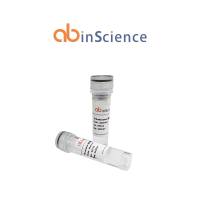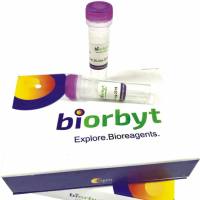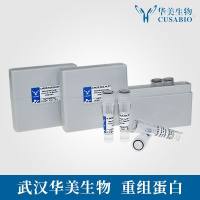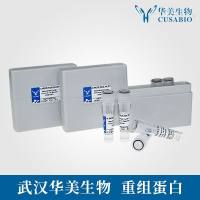Use of -Glucosidase in the Development of Flavor in Wines and Fruit Juices
互联网
386
Flavor compounds synthesis by biotechnological processes today plays an increasing role in the food industry. This is the result of scientific advances in biological processes, making use of microorganisms or enzymes as an alternative to chemical synthesis, combined with recent developments in analytical techniques, such as HPLC, gas chromatography (GC), IR, or mass spectrometry. The study of the aromatic potential of some fruits, such as passion fruit, apple, and grapes as well as their fermentation products (juice, wine), has revealed that in addition to a free fraction of volatile terpenols, there exist naturally nonodorous and nonvolatile aroma precursors, which represent an important source of fragant compounds (1 –3 ). An important part of this aromatic pool is composed of terpenylglycosides, whose terpenic residue is β-glucosidically bound to disaccharide glucosides. The sugar moieties have been identified as β-D -glucose, 6-O -α-L -rhamnopyranosyl-β-D -glucopyranose, 6-O -α-L -arabinofuranosyl-β-D -glucopyranose, and 6-O -β-D -apiofuranosyl-β-D -glucopyranose. The aglycon part is frequently formed of terpenols, principally linalool, nerol, and geraniol with in some cases linalool oxides, terpenes diols, and triols (4 –6 ). The presence of a β-glucosidic bond between the terpenic residue and the saccharide has suggested a possible liberation of terpenic molecules by enzymatic catalysis using a β-glucosidase. Such an enzyme has a great potential in the wine and fruit juices industry, since the quantities of bound monoterpenes in most fruit juices and wines are usually relatively high.









